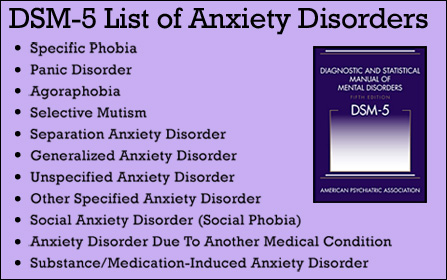

The non-somatic factor consisted of affective items such as depressed mood, anhedonia, feelings of worthless, and thoughts of death. The somatic items included sleep difficulties (SD), appetite or weight changes, poor concentration, fatigue, and psychomotor agitation/retardation. They found that major depression symptoms are best represented by somatic and non-somatic factors. ( 10) have reported that a two-factor model fits better than the one-factor unidimensional mode. Furthermore, the unidimensional model of depression has been challenged by studies on the factor structure of the DSM symptom criteria ( 7– 9). However, several studies have described different subtypes of depression ( 1, 5, 6). Consequently, the DSM assumes that the depression construct may be considered unidimensional. These symptoms are rated in an all or none (0 or 1) fashion.Īccording to the DSM-5 criteria, the symptoms are summed to determine the presence or the absence of a major depression episode ( 4). The secondary symptoms of MDE are appetite or weight changes (AW), sleep difficulties (insomnia or hypersomnia), psychomotor agitation or retardation (PAR), fatigue or loss of energy (FE), diminished ability to think or concentrate (C), feelings of worthlessness or excessive guilt (FW), and suicidality (SU). One of the symptoms should, at least, be either a depressed mood (DM) or anhedonia (loss of interest or pleasure- LI).

DSM 5 DISORDERS MANUAL
According to the Diagnostic and Statistical Manual of Mental Disorders, Fifth Edition (DSM-5), the diagnosis of a Major Depression Episode (MDE) requires five or more symptoms to be present within a 2-week period ( 4). In clinical settings, its prevalence may reach as high as 20% ( 1, 3). The Depressive Mood criterium followed by somatic criteria suggest MD.ĭepression is a common psychiatric disorder, with an estimated lifetime prevalence of 10% in the general population ( 1, 2). The presence of the Anhedonia main criterium accompanied by non-somatic criteria indicate SD. When the symptom cluster suggests SD, the treatment must focus on the prevention of suicide.Ĭonclusions: Depression severity may be inferred based on the DSM-5 criteria. This would avoid the use of antidepressants that unnecessarily increase cardiac risk in MD. The DSM-5 symptoms exhibited by the patient may help the choice of adequate pharmacological treatment. As SD is associated with the non-somatic cluster, these patients are at risk of committing suicide. Among the secondary DSM-5 criteria, the somatic cluster discriminated ND from MD and the non-somatic cluster SD from MD patients.ĭiscussion: The presence of the somatic cluster in MD may indicate decreased vagal tone and/or increased sympathetic tone, leading to higher cardiovascular risk. Results: Discriminant analysis showed that Depressed Mood was the most reliable symptom to discriminate ND from MD. MD and ND subjects were randomly sampled to match the demographic variables of the SD group. ND was defined considering both the absence of DSM-5 criteria for depression and the HAMD score. In depressed subjects, MD and SD were defined considering the HAMD scores. Material and Methods: Depression was diagnosed based on the Structured Clinical Interview for DSM-5® Disorders. Objective: To verify whether the DSM-5 symptoms would be able to discriminate SD from MD and MD from non-depressed (ND) subjects. However, clinicians usually do not use scales. Previously, we reported that patients with moderate depression (MD) exhibit greater impairments in cardiac-autonomic modulation than severely depressed (SD) patients.

Therefore, it is commonly assessed with scales such as the Hamilton Depression Rating Scale (HAMD). In contrast, depression severity is a continuous variable. Although the secondary symptoms can be divided into somatic and non-somatic clusters, the DSM-5 identify depression in all or none fashion. One of them must be either Depressed mood or Anhedonia, named main criteria.

Background: Depression diagnosis requires five or more symptoms (Diagnostic and Statistical Manual of Mental Disorders-DSM-5).


 0 kommentar(er)
0 kommentar(er)
